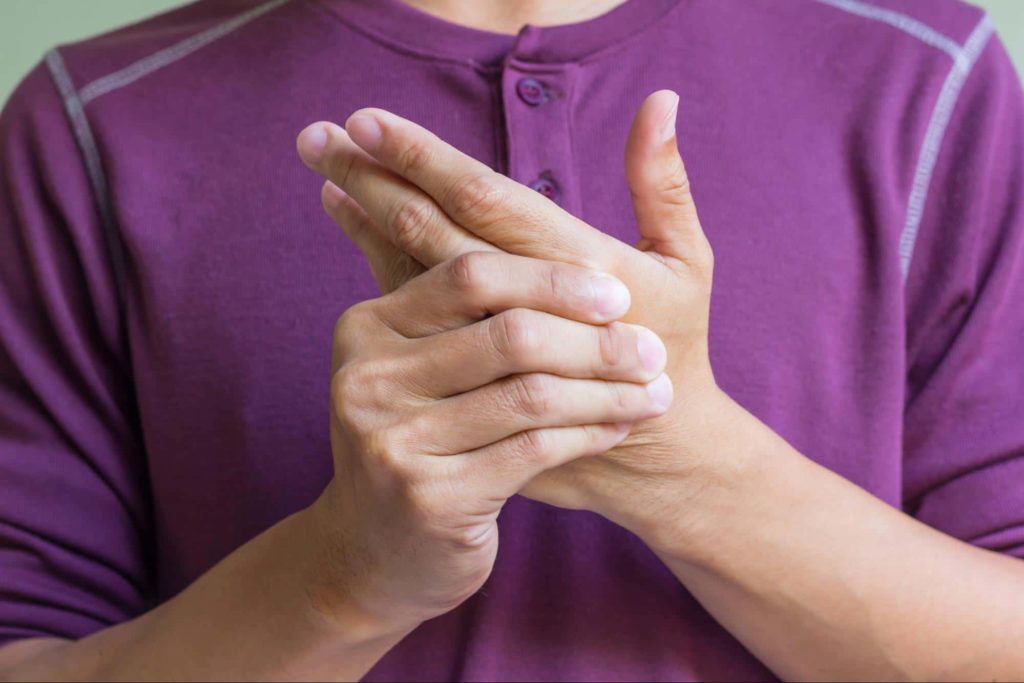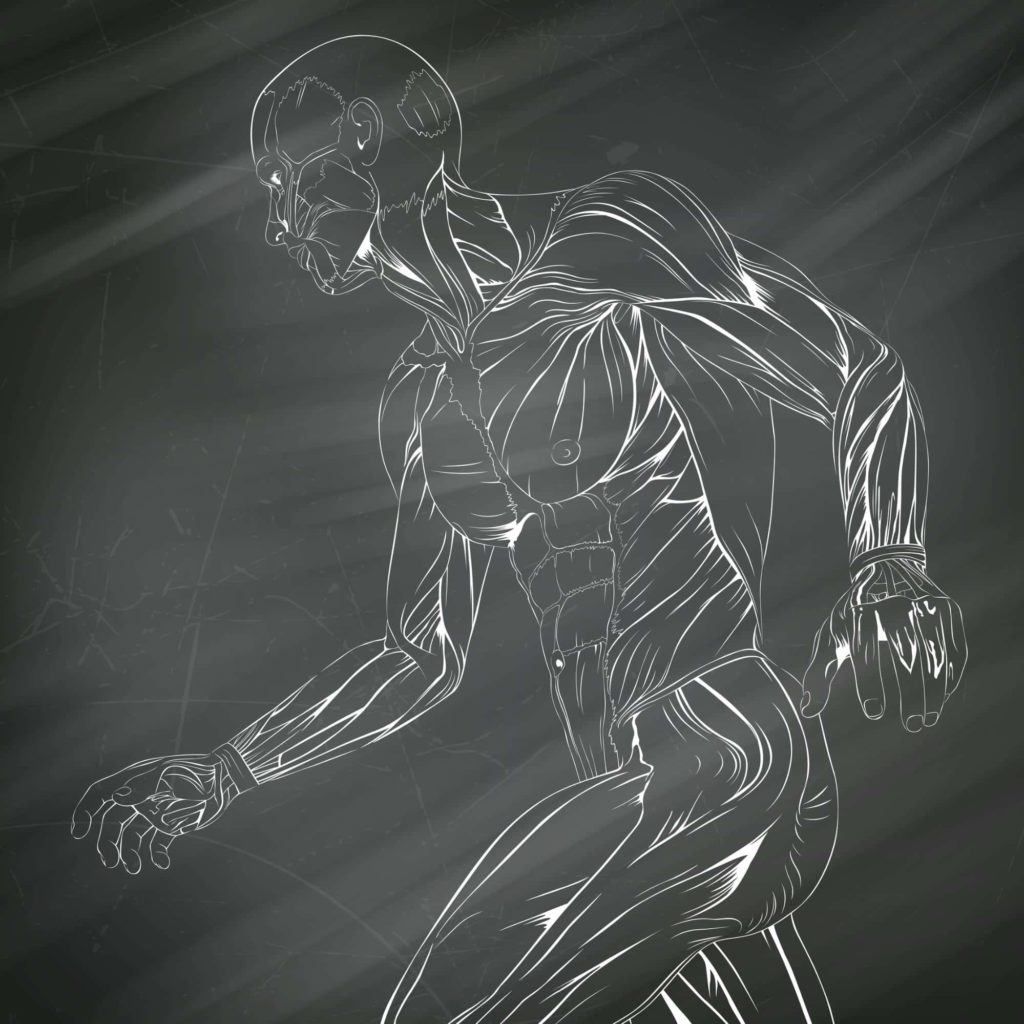Myth: Rolfing is Intense and Painful Work → Fact: Rolfing is Deep Work Giving Immediate Pain Relief

The goal of Rolfing is to find and release restrictions in the fascia, in order to relieve pain.
As a Certified Rolfer for 11 years, there’s one misconception I hear all the time, “doesn’t Rolfing hurt?”
The reality is while Rolfing is often described as deep work, it is not necessarily painful. Many people think that for bodywork to be effective, it has to hurt. You’ve got to really grind away and break things up to feel better, right? Wrong.
Change and release can happen through any layer of the body. Lasting change comes from working holistically and integrating the entire body, rather than grinding on a sore spot. Rolfing technique focuses on working from both sides of the body so that movement and posture are even and injury doesn’t reoccur. That means working on painful parts – but also on all the areas that are pulling on that part. For example, many people come to Michigan Rolfing for knee pain and we spend a lot of time on their hips because that misalignment is the real source of the problem.

Your body has a hierarchy of importance and it will allow muscle pain in order to protect vital organs.
Many people seek massage therapy because of muscle pain.
Rolfing addresses muscle pain, but through the deeper work of finding and releasing a restriction along the fascial lines.
Fascia is a band or sheet of connective tissue, primarily made of collagen beneath the skin that attaches, stabilizes, encloses, and separates muscles and other internal organs. Imagine if your lungs were constantly restricted and they suddenly got more space to breathe. That’s what it can feel like when a fascial restriction is released: like something you didn’t know was holding you back is suddenly gone. When you get a release of fascia your muscles are able to function better and you get more movement with less pain – and it doesn’t come back.
You can’t get that feeling from pushing on a muscle. Want to know why? Your muscles aren’t in charge – they are ruled by more important structures. Your body has a hierarchy of importance and it will allow muscle pain in order to protect vital organs. Let’s say your psoas (large hip flexor muscle) and kidney share a fascial connection and they are stuck in place. Your back muscles will feel tight, but they will not let go no matter how hard you push because that might damage the kidney. Muscles, along with tendons, bones and veins, are lower in the hierarchy. Nerves, organs and arteries are more important for survival, so our bodies protect them (often at the expense of muscles and bones)!
The goal of Rolfing is to find and release restrictions in the fascia, in order to relieve pain.
Sometimes brief moments in a session can be uncomfortable, but it is rarely painful. Many people experience worse pain on a foam roller than they would in a Rolfing session. The most common feeling our patients describe is shifts in their bodies that provide a deep and long-lasting relief.
Often within minutes, we can have you feeling better and your body in greater alignment. Contact us today to receive a complimentary consultation at 313.310.4420 or email me at info@michiganrolfing.com. You can also visit my website for more information: www.michiganrolfing.com

